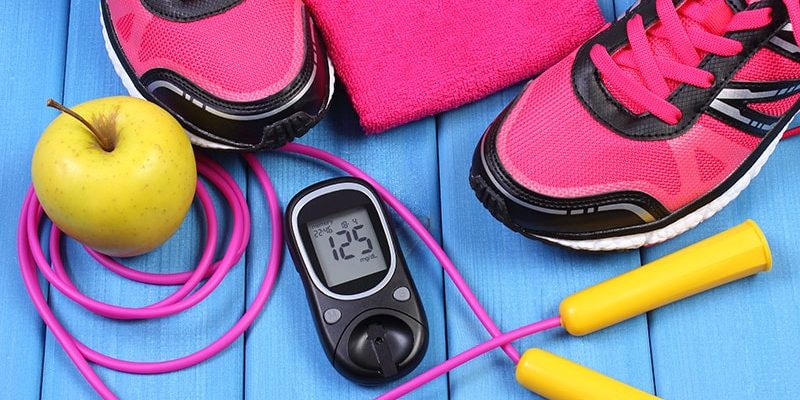MONTPELLIER — Studies indicate that physical activity improves glucose metabolism in patients with type 2 diabetes. In addition, other data suggest a decrease in cardiovascular morbidity and mortality through physical activity.
In the consensus report, Management of Hyperglycemia in Type 2 Diabetes, 2022, the American Diabetes Association and the European Association for the Study of Diabetes, therefore, recommend at least 150 minutes per week of moderate- to vigorous-intensity aerobic activity, supplemented with two to three resistance, flexibility, or balance training sessions per week.
But even when such recommendations are integrated into a therapeutic education program, adherence is often transient or partial.
In this context, Michael Joubert, MD, PhD, and his team at France’s Caen University Hospital wondered about neuromuscular electrical stimulation (NMES), a physical treatment routinely used in functional rehabilitation to improve muscle strength and volume. Could NMES improve glycemic control in patients with type 2 diabetes, and thus, be an alternative to traditional physical activity?
To answer this question, they conducted a crossover randomized controlled trial called ELECTRODIAB2. The results were presented at the 2023 Congress of the Francophone Diabetes Society.
A few small pilot studies found that NMES improved insulin sensitivity and glycemic control; therefore, it could indeed be an alternative. The metabolic effect of NMES, however, has not been widely studied.
A total of 40 patients were enrolled in ELECTRODIAB2. Of these participants, 35 were randomly assigned to one of three groups: 6 weeks without NMES (control, no intervention), electrostimulation on 3 days per week for 6 weeks (20-minute ambulatory bi-quadricipital electrostimulation sessions) (NMES3), and electrostimulation on 5 days per week 6 weeks (20-minutes ambulatory bi-quadricipital electrostimulation sessions) (NMES5). The goal was to assess the glucose levels of sedentary patients with type 2 diabetes during these periods. At each session, NMES was applied at the maximum-tolerated intensity.
Data from 32 participants were analyzed. Mean age was 58 ± 10 years, and body mass index was 33.0 ± 4.3 kg/m2. Duration of diabetes was 8.6 ± 5.9 years. Regarding diabetes treatments, 47%, 31%, 9%, and 13% of the patients were taking 0, 1, 2, and 3 oral hypoglycemic agents or glucagon-like peptide 1 agonists, respectively.
No significant differences in glucose levels were observed between the three groups. The primary outcome was mean glucose level based on a 6-day continuous glucose monitoring (CGM) recording. Those levels were 181.4 ± 42.5 mg/dL (control, no intervention), 180.6 ± 45.8 mg/dL (NMES3), and 181.1 ± 48.9 mg/dL (NMES5).
Furthermore, secondary outcomes (rates of hyperglycemia and hypoglycemia) did not differ between the three groups.
The researchers concluded that “with regard to the CGM criteria, this crossover randomized controlled trial did not show that the 6-week bi-quadricipital NMES sessions had any benefit. This finding conflicts with the results of preliminary pilot studies but it does not encourage further research on NMES in this population of patients with early stage diabetes.”
Therefore, at this point, it does not look like NMES can be recommended as an alternative to physical activity for sedentary patients with type 2 diabetes.
This article was translated from the Medscape French edition.
Source: Read Full Article
